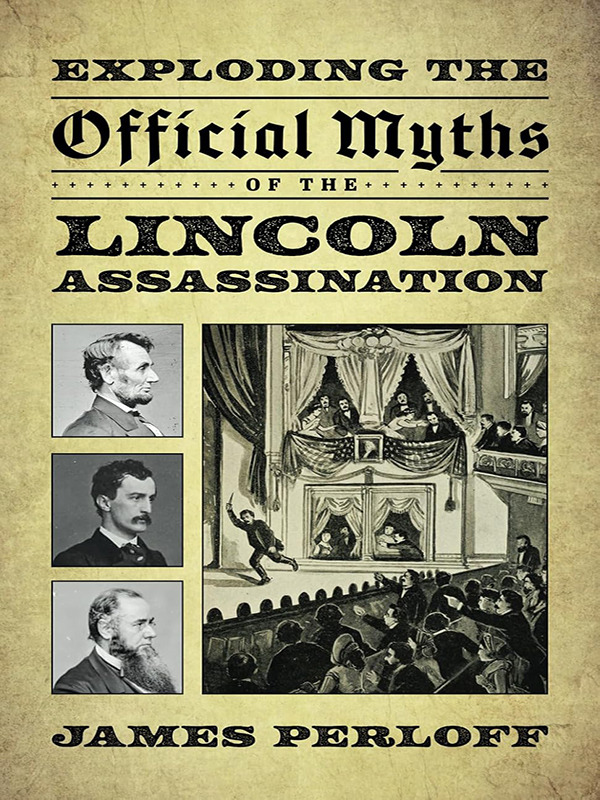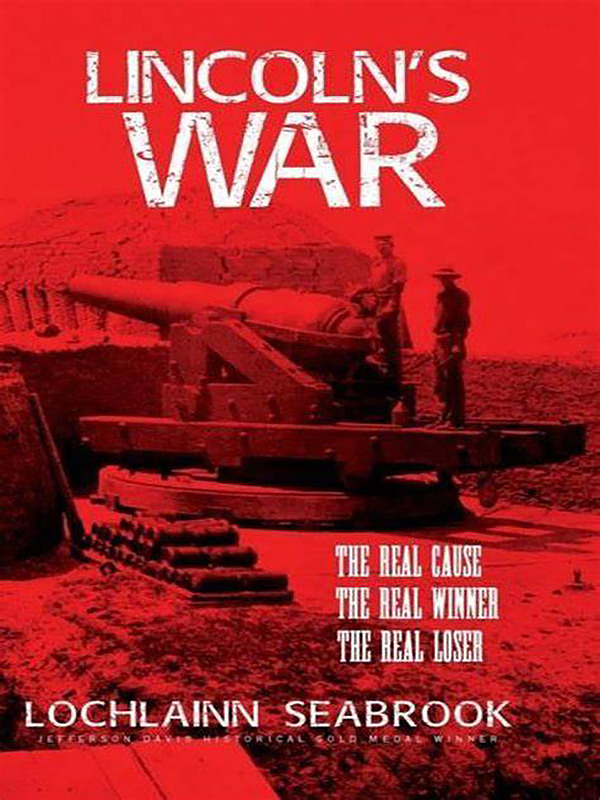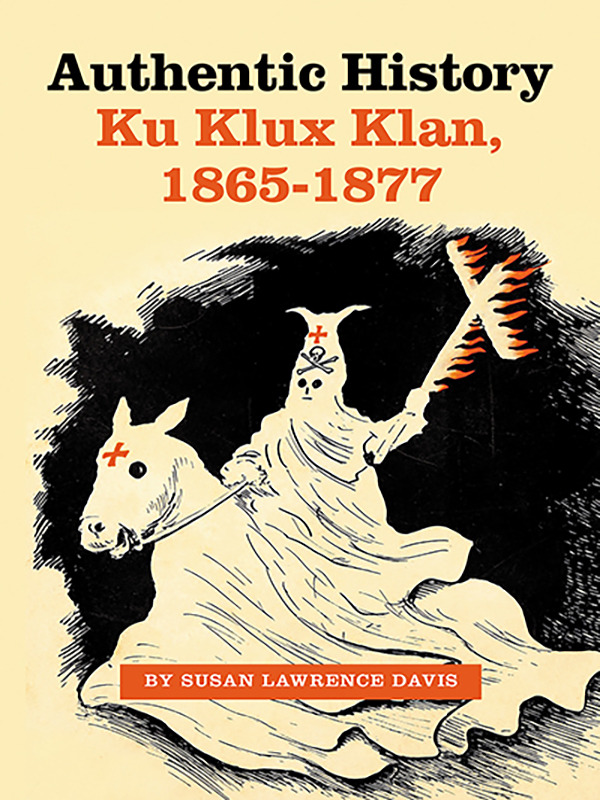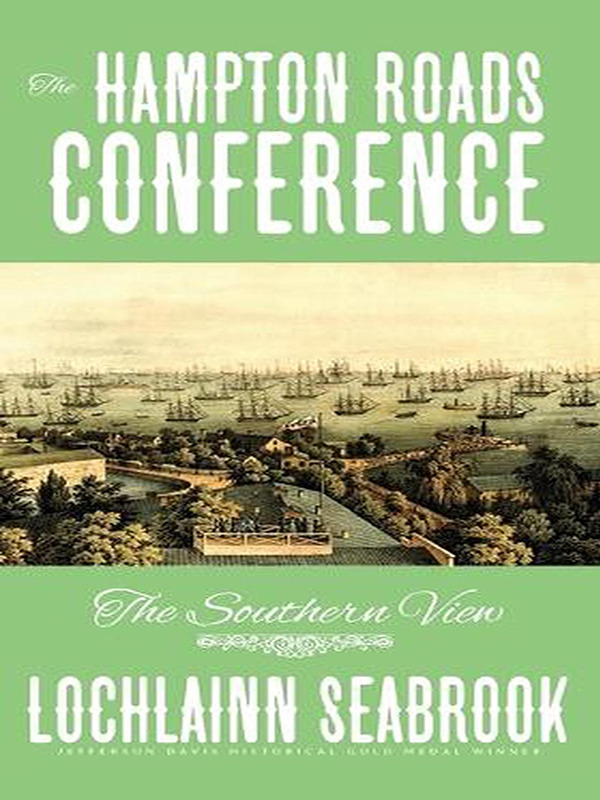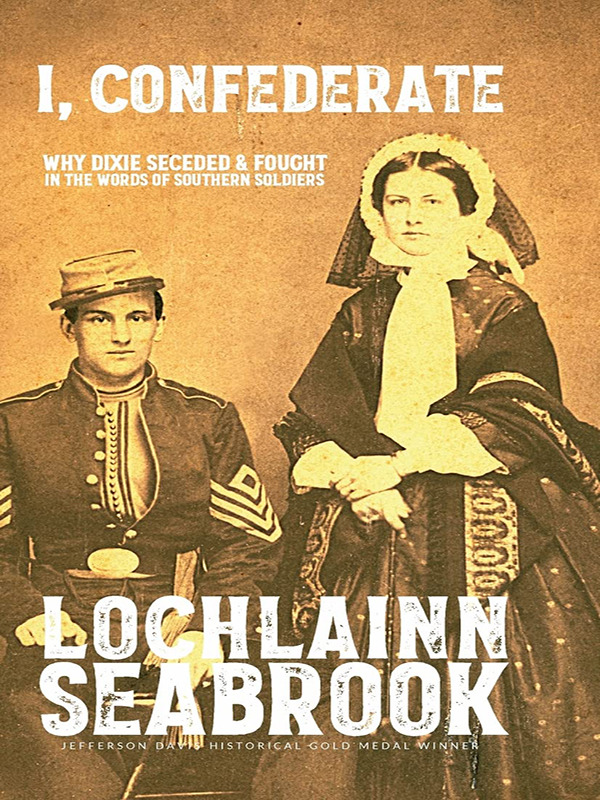The Field of Blood: Violence in Congress & the Road to Civil War
The remarkable an long-lost story of physical violence on the floor of the U.S. Congress in the years before the American Civil War. Drawing on an extraordinary range of sources, the author shows that the Capitol was rife with conflict in the decades before the Civil War. Legislative sessions were often punctuated by mortal threats, canings, flipped desks, and all-out slugfests. When debate broke down, congressmen drew pistols and waved Bowie knives. One representative even killed another in a duel.
Exploding the Official Myths of the Lincoln Assassination
• Why did Secretary of War Edwin Stanton deny President Lincoln the protection he requested at Ford’s Theatre? • Why was Lincoln assigned a disreputable bodyguard who deserted his post before the assassination? • Why was Booth sure he only needed a one-shot derringer to kill Lincoln? • Why were the only actual assassination attempts against the only two prominent men in the administration who opposed the brutal Reconstruction plan?
Dixieland Deceived: The Grand Conspiracy Behind the U.S. Civil War
The true story of the U.S. Civil War, aka the War Between the States, aka the War of Northern Aggression, does not “lie in the middle” somewhere but, rather, is something altogether different from either the contemporary Northern establishment account or the Southern Revisionist version. In reality, the brotherly bloodbath of 1861-1865 wasn’t really, in its true essence, a “civil war” as much as it was an attack launched upon the United States from an invisible foreign power with traitorous agents and sincere dupes operating in both the North and South.
The Impending Crisis of the South: How to Meet It (1857)
By Hinton Rowan Helper. One of the most influential anti-slavery books in pre-Civil War America, this book was written by a Southerner who not only opposed White supremacy but also clearly understood the relationship between race, civilization, culture, political power and demographics. By assembling official statistics from slave-owning and non-slave-owning states, the author proved conclusively that the presence of Black African slaves was not, as the South’s leaders claimed, vital for their economy but, in fact, exactly the opposite. Helper shows that by all measures— economic, social, political, agricultural yield per square mile, education, literacy, infrastructure and many other indicators—the use of Black slaves by the South was an impediment upon economic growth that had severely retarded the entire development of all the Southern slave states.
Lincoln's War: The Real Cause, the Real Winner, the Real Loser
If you believe that the “North won” the Civil War and the “South lost,” or if you think that Abraham Lincoln was a conservative Republican who “freed the slaves” and that Jefferson Davis was a liberal Democrat who tried to “preserve slavery,” then you’ve been completely misled by the mainstream media and by our left-leaning education system. Read the most important “Civil War” book in decades, Lincoln’s War: The Real Cause, the Real Winner, the Real Loser, by award-winning historian and Civil War scholar Col. Lochlainn Seabrook and learn the truth about the Great Conflict of 1861. This seminal work, the first ever to expose the authentic facts about Civil War-era Republicans and Democrats, the true origins of the war and who really won and lost, will finally clarify the illogical and often confusing conventional view of the conflict.
Authentic History: Ku Klux Klan, 1865–1877
By Susan Lawrence Davis The only officially authorized history of the original Ku Klux Klan, written by the daughter of the founder of that organization in Alabama. Written to counteract the misrepresentations made about the original KKK and its activities, this now-suppressed book contains many astonishing “insider” insights, such as: • The KKK was financed from England by the Jewish former Secretary of State for the Confederacy Benjamin P. Judah (who fled the South at the end of the Civil War); • The KKK’s chief chaplain was a Roman Catholic; • The KKK’s chief justice was an influential North American 33rd Degree Masonic leader; • The hood—for which the KKK became famous—was in fact outlawed by the original organization because so many people were using its disguise to commit crimes in the name of the KKK; and more ....
The Hampton Roads Conference: The Southern View
The most famous and important meeting of the War Between the States took place in Virginia aboard the U.S.S. River Queen on February 3, 1865. Yet it receives barely a mention in our mainstream history books, except to say that “it was a futile effort that achieved nothing.” Known as the Hampton Roads Conference, in attendance on one side of the table were the Confederates: Vice President Alexander H. Stephens, Assistant Secretary of War John A. Campbell and Sen. Robert M.T. Hunter. On the other side were President Abraham Lincoln and Secretary of State William H. Seward. According to conventional history, the meeting opened with a “frank, honest, and kind-hearted Lincoln” offering generous promises to the “erring South,” including $400 million in compensation for her slaves upon emancipation— if only the seceded states would return to the Union, “our one common country.”
I, Confederate: Why Dixie Seceded and Fought in the Words of Southern Soldiers
In this revealing and vitally important work of history pertinent for today, author Seabrook provides excerpts from the writings, speeches, letters and poems of some 200 Southerners (mostly former C.S.A. soldiers), who describe, in their own words, the reasons why they seceded and took up arms against their Northern cousins. Hint: It ain’t slavery. For added context Seabrook also includes pertinent writings from Southern women, Southern civilians, Northern civilians and even several Union veterans who also supported the momentous campaign that Southerners appropriately referred to as “the bedrock of the Southern Confederacy.”


